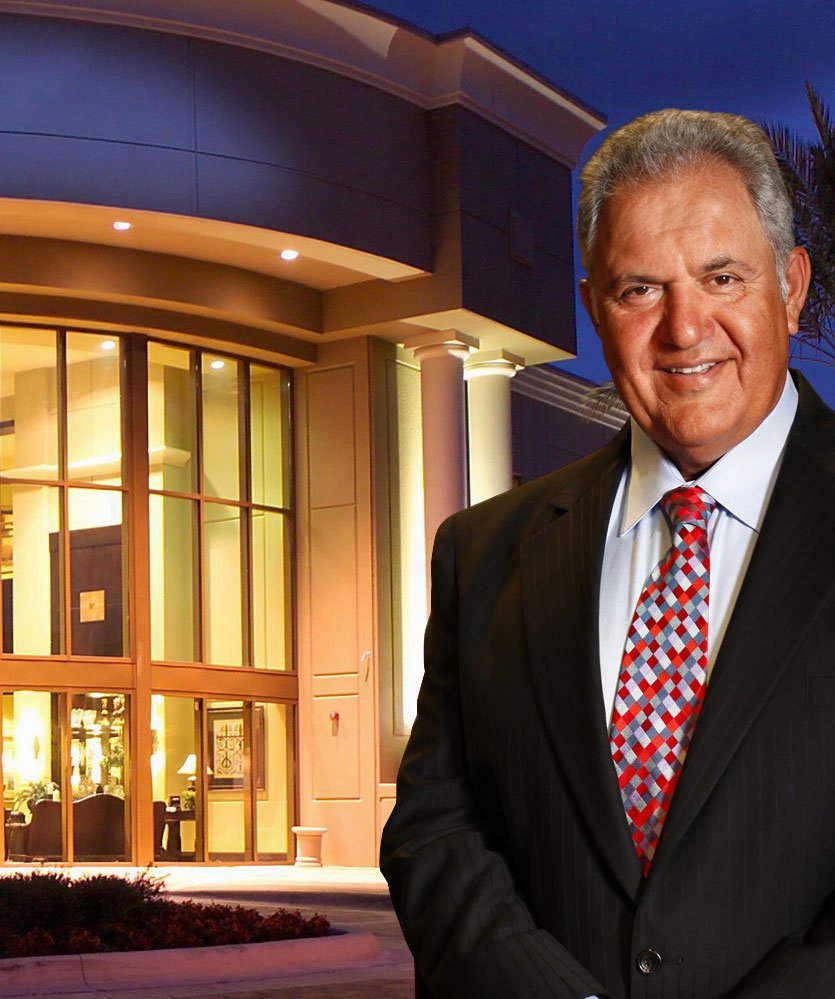 New College of Florida in Sarasota focuses on liberal arts, Florida Atlantic University in Boca Raton and Florida International University in Miami emphasize global diversity. The list extends across our universities to hundreds of academic specialties and disciplines.
New College of Florida in Sarasota focuses on liberal arts, Florida Atlantic University in Boca Raton and Florida International University in Miami emphasize global diversity. The list extends across our universities to hundreds of academic specialties and disciplines.
The campuses are diverse, but each university visit reveals something remarkable: the common talent, imagination and optimism of our students.
The students are the inspiration for the members of the Board of Governors and the many hard-working presidents, administrators and faculty at our institutions. They are the reason I so frequently ask myself: Are we doing everything possible to ensure a high-quality educational experience? And are we adequately preparing students for today’s fast-changing workforce?
In January of 2014, when I accepted my role as chair, I delivered a speech outlining my vision for our universities. I discussed three areas of focus: academic quality, university funding, and synergy — a spirit of partnership and cooperation between all university stakeholders. A year later, I’m proud of our progress but prouder still of the foundation we have laid to achieve the goals that are still in front of us.
Last year, the Board of Governors, in partnership with the Governor and the Legislature, launched a new performance funding model that brought an additional $135 million into the system, which was allocated based on university excellence or improvement. The model ensures that the right incentives and resources are in place so universities are compelled to raise the bar on 10 key metrics that are important to students, families and taxpayers, from graduation and retention rates to post-graduation success.
Already, universities are taking steps to improve. They are raising graduation and retention rates by hiring new counselors and advisers and investing in software programs that identify students at risk of dropping out. Universities have recommitted to preparing students for the state workforce, hiring more than 160 top-notch new faculty in high-wage, high-demand areas (including science, technology, engineering and math), revamping at least five career resource centers across the state, hiring dozens of internship coordinators to forge new partnerships with companies that hire students, and implementing mentorship programs to help bring under-represented groups — including women — into the sciences. These changes have prompted the system’s six-year graduation rate to rise by 2 percent and the number of bachelor’s degree graduates employed full-time one year after graduation to rise by 4 percent over last year. In addition, the number of students pursuing science, technology, engineering or math has increased by 37 percent at the undergraduate level and 27 percent at the graduate level within the past four years.
The State University System pumps $80 billion annually into Florida’s economy, generating $1.8 billion in research and more patents than any other entity in the state. The impact will only increase as Florida continues to create new opportunities to people through online learning. In 2014, UF Online launched one of the country’s first initiatives that focuses on providing fully online degree programs for undergraduates, and the University of West Florida, in coordination with the State University System and the Florida College System, developed Complete Florida — an online program that allows non-traditional students to boost their careers by returning to school to finish incomplete degrees. Florida now ranks second in the country in the total number of students enrolled in at least one Distance Learning Course.
Furthermore, universities are renewing their focus on campus security, redoubling efforts to prevent sexual assaults and other crimes through a variety of awareness programs and training targeted to students and employees.
Still, we have areas we must improve. And our universities cannot lose momentum.
Each time a student leaves school with debt but no degree, we have not done our job in serving that student. That’s why we must continue to forge ahead on graduation and retention rates.
Each time a student graduates but can’t find an employer seeking his or her skillset, we have not done our job in serving that student. That’s why our universities must form robust business partnerships that open doors for students and do a better job of educating students early in their academic careers about the job prospects associated with their majors.
Each time a student is denied the opportunity to further his or her education because the demands of work or childcare can’t be balanced with classes, we have not done our job of serving that student. That is why we must continue to work with the Governor, Legislature and the universities to curb the cost of tuition while developing an expansive variety of online programs that allow students to earn degrees on their own schedules.
We won’t solve every challenge during my time as chair. But by the end of my term in January of 2016, I want to be able to say this: Our State University System worked better together than ever before, we elevated the system to a new level of accessibility and accountability, and we helped create economic opportunity for all Florida citizens.
Mori Hosseini is chair of the Florida Board of Governors, which is meeting today at the University of North Florida.
This article was originally posted on The Tallahasee Democrat by Mori Hosseini.








